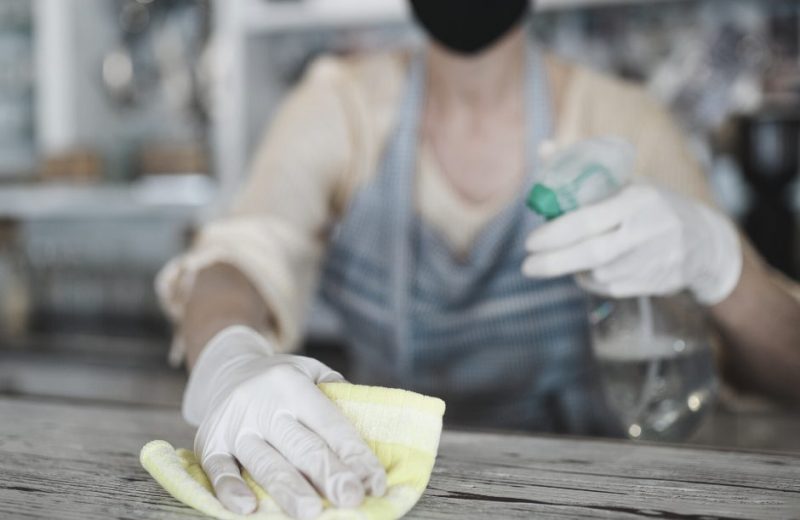Written by Rebecca Goulter
While the global pandemic has obviously placed infection prevention and control training top of mind for many Australian businesses, a hygienic workplace is an issue that employers should consider at all times. In 2019, Australia had the worst flu season on record with 310,000 cases nationwide. But in the wake of the social distancing and hygiene measures implemented due to COVID-19, the number of influenza cases in Australia dramatically decreased to 21,000 in 2020.
The best way to keep your staff and customers healthy is to have an effective Infection Control Plan in place to regularly sterilise the area and kill off any unwanted germs.
Undertaking a course that specialises in infection control will ensure that you and your staff are correctly trained in the relevant procedures to identify, isolate and manage infection control risks – particularly as the Christmas shopping period approaches and social distancing becomes more difficult to maintain.
Sickness costs Australian businesses
The cost of sick staff to a business is substantial. A 2015 report by AIG found that absenteeism due to sick days cost Australian businesses $7 billion per year – and presenteeism (employees turning up to work sick), costs $35 billion per year due to lost productivity. The Omicron variant of COVID-19 is peaking in most Australian states, and the influenza virus has returned with a vengeance, leading to increased staff shortages.
When your staff are sick, it affects your business. Either your team is left short-handed and struggling to maintain the workload, or you have an obviously ill team member on staff. In today’s COVID-aware climate, it is no longer acceptable to have someone ill at the till. Hygiene conscious customers will elect to not shop at an outlet that they perceive does not value their health and wellbeing, resulting in a loss to the business’s bottom line.
Why complete infection control training?
Infection control and prevention cannot be the responsibility of one team member – to ensure a hygienic workplace, it has to be one in, all in. What one person might think is common sense (e.g. coughing etiquette) might not be as strictly practiced as we’d like. By engaging your whole team in training, it ensures that everyone is on the same page and able to correctly identify and manage hazards and risks, and implement standard procedures that are clearly outlined. COVID-19 is not the only infection that costs the Australian economy, so addressing gaps in procedures and implementing protocols will help your business in the long run.
What now?
The National Retail Association has developed a 3-hour, online customer course – HLTSS00065 Infection control Skill Set (Retail). This Skill Set has been contextualised to apply specifically to the retail environment. On successful completion of the course enrolled students will be awarded a nationally recognised Statement of Attainment for the Skill Set HLTSS00065 – Infection control Skill Set (Retail). With the assistance of this accredited Skill Set, you and your staff will be aware of what precautions to take, and how to identify and manage hazards and risk. Find out more at NRA Retail Institute.

